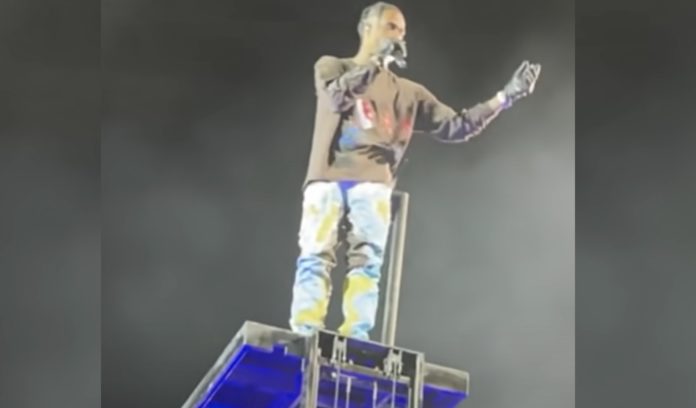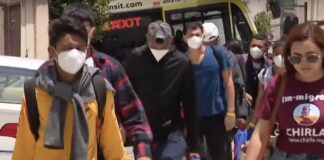OPINION | This article contains opinion. This site is licensed to publish this content.
Experts have weighed in on how the crowd deaths occurred at the recent Astroworld Music Festival.
These tragedies have been happening for a long time, experts say.
In 1979, 11 people died at a concert by The Who.
In 2015, crowds at the hajj pilgrimage in Saudi Arabia caused more than 2,400 deaths.
At a soccer stadium in England, a human crush in 1989 killed nearly 100 people.
“They’re often getting squeezed so hard that they can’t get any oxygen,” experts told Fox News. “It’s usually not because they’re getting trampled.”
“When a crowd surges, the force can be strong enough to bend steel,” experts explain.
“It can also hit people from two directions: one from the rear of the crowd pushing forward and another from the front of the crowd trying to escape. If some people have fallen, causing a pileup, pressure can even come from above. Caught in the middle are people’s lungs.”
As a result, the cause of death is normally found to be a form of asphyxiation for a vast majority of the deaths.
“Inhalation of stomach contents” is also listed as a form of death for some individuals.
More from Fox News:
The deaths occurred as more than 50,000 fans streamed into the stadium for a soccer match on a warm, sunny day. Some of them packed into a tunnel and were getting pressed so hard into perimeter fencing that their faces got distorted by the mesh, the inquiry found.
“Survivors described being gradually compressed, unable to move, their heads ‘locked between arms and shoulders … faces gasping in panic,’” the report said. “They were aware that people were dying and they were helpless to save themselves.”
“My research covers over 100 years of disasters, and invariably they all come down to very similar characteristics,” said G. Keith Still, a visiting professor of crowd science at the University of Suffolk in England who has testified as an expert witness in court cases involving crowds.
First is the design of the event, including making sure that the density of the crowd doesn’t exceed guidelines set by the National Fire Protection Association and others. That includes having enough space for everyone and large enough gaps for people to move about.
— Advertisement —
Some venues will take precautions when they know a particularly high-energy crowd is coming to an event. Still pointed to how some will set up pens around stages in order to break large crowds into smaller groups. That can also allow for pathways for security officers or for emergency exits.






